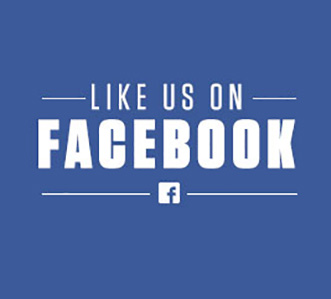

Bell Museum
Preserving & celebrating Minnesota since 1872.
The new Bell Museum brings together science, art, and the environment with a unique Minnesota perspective. Our new home features a digital planetarium, high-tech exhibits, our famous wildlife dioramas, outdoor learning experiences and more.
The new facility is expected to triple the number of annual visitors—and we hope you’re one of them. If you love to explore and discover, you’ll love the Bell Museum more than ever before!
Whitney and Elizabeth MacMillan Planetarium
Our state-of-the-art planetarium takes you on amazing journeys from the far reaches of the cosmos to deep inside the human brain. Learn more about our dome and other space programs.
Minnesota Journeys
The permanent galleries—which include our world renowned wildlife dioramas—span space and time, from the origins of the universe, through the diversification of life on Earth, to Minnesota’s own unique habitats. Also, learn about U of M researchers who are working to create a better future for our evolving world.
Touch & See Lab
The Bell Museum created the first natural history museum discovery room in the world, and we are proud to carry that tradition on in the new Touch & See Lab where all ages can actively learn through observation and sensory engagement.
Learning Landscape
The learning continues outside with a second floor green roof and observation deck, and sustainable landscaping with native plants, geology exploration area, solar station, and other highlights on the ground floor.
–
The land we stand on is Dakota land
As the state’s natural history museum, the Bell Museum seeks to ignite curiosity and wonder, explore our connections to nature and the universe, and create a better future for our evolving world. Our goal is to advance understandings of the natural world that will create a sustainable future.
These understandings include the traditional knowledge systems of indigenous peoples, the first inhabitants and caretakers of the land. These systems capture histories, relationships, and ecological expertise. To advance our mission, we rely on and share some aspects of indigenous knowledge systems and understandings of the land. We do this in consultation with indigenous peoples.
The Bell Museum sits on the traditional and treaty land of the Dakota people who, along with the Ojibwe people, are the indigenous peoples of the land now called Minnesota. In recognition of this fact, and to honor the Dakota people for their care of and knowledge of this land, we waive general museum admission for Dakota and all indigenous peoples.








